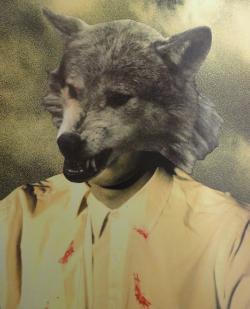The Paul Smith Collection
Over 22,000 monographs, pamphlets and periodicals comprise the private collection of retired Memorial University of Newfoundland Folklore Professor Dr Paul Smith. The collection has concentrations in many subject areas, including foodways (1416 items), folk narrative (865 items), jokes and humour (667 items), and contempora ry legend (450 items). The collection also contains an eclectic assortment of scarce and unusual pamphlets (1272 items). There are works on such topics as Xerox lore, Satanism, witchcraft and the supernatural, psychic investigation, ghosts, tattoos, crop circles, the Bermuda Triangle, and monsters: werewolves, bigfoot and hairy bipeds, to name a few. The collection reflects Dr Smith’s research on contemporary legend, traditional drama, folklore as process, the marketing of traditions, folklore and popular literature, folklore and technology, computer application in folklore research, non-verbal traditions, folk custom, and food traditions.
ry legend (450 items). The collection also contains an eclectic assortment of scarce and unusual pamphlets (1272 items). There are works on such topics as Xerox lore, Satanism, witchcraft and the supernatural, psychic investigation, ghosts, tattoos, crop circles, the Bermuda Triangle, and monsters: werewolves, bigfoot and hairy bipeds, to name a few. The collection reflects Dr Smith’s research on contemporary legend, traditional drama, folklore as process, the marketing of traditions, folklore and popular literature, folklore and technology, computer application in folklore research, non-verbal traditions, folk custom, and food traditions.
The Paul Smith Folklore Collection adds significantly to the folklore holdings of the Memorial University Libraries’ Special Collections, which already house the Herbert Halpert Collection and the Neil V. Rosenberg Collection. It is a major addition to the general folklore holdings of the Queen II Elizabeth Library, which currently has over 30,000 monographs, with more than 200 journals directly focused on folklore/life and another 500-600 journals with relevant material.
Access to the Collection
A searchable shelf-list of titles held in the Collection is available on the Digital Archives Initiative website. Items from the collections do not circulate. To see physical copies of items in the collection, or to find out more about the collection, please contact Special Collections Librarian, Patrick Warner, at pwarner@mun.ca.
Other folkore resources can be found at Memorial University of Newfoundland Folklore and Language Archive (MUNFLA), "one of the largest archives of recorded sound in Canada, with major holdings in folklore and folklife, oral history and popular culture" (Lovelace, Smith and Widdowson, 2004).
